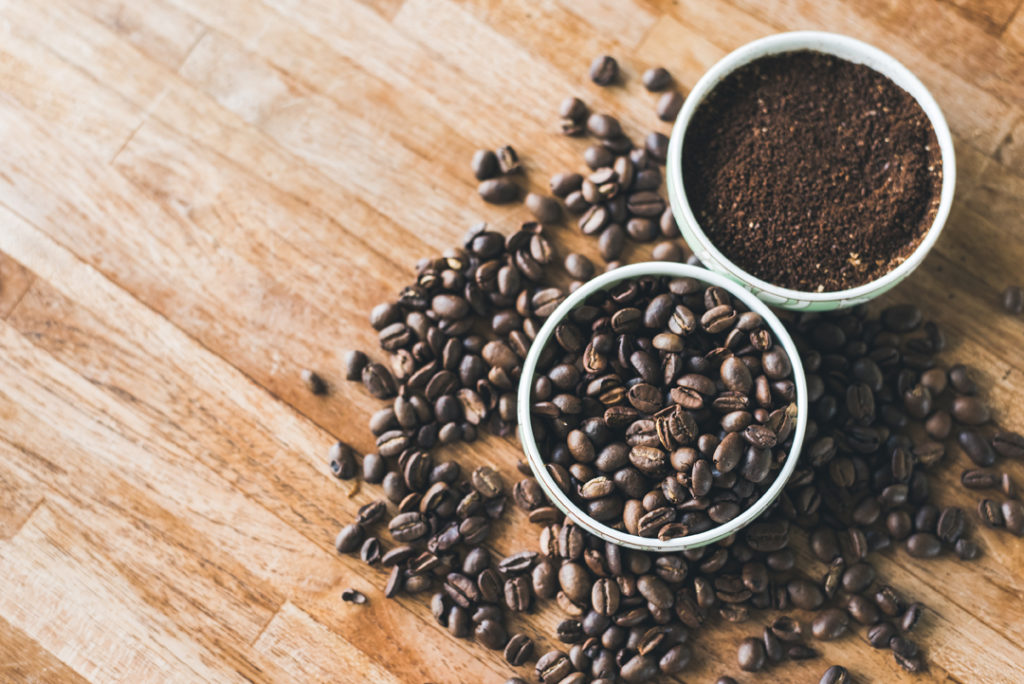Q. What is the value of adding coffee grounds to my garden? Can they be spread directly around plants, or should they be composted first? I’m planning on using them around my Azaleas and other shade plants, but I don’t want to overdo it.
A. Coffee grounds are widely available, and their primary benefit around plants is as an organic acidifier. An acidifier makes or keeps a soil acid by reducing the pH. The pH measures the acidity or alkalinity of the soil.
The pH scale runs from one to fourteen, with seven being neutral, six and below acid, while eight and above is alkaline. Typically, our clay soil is around neutral, which’s 7.0 or slightly alkaline. It varies depending on the water. Shade-loving plants, along with Blueberries, benefit from soil with a pH between 6 to 6.5. Coffee grounds can be liberty spread and under the canopy of plants or added to a compost pile. When applying them directly to the soil surface, they are lightly cultivated into the soil. The mixing of the soil particle prevents the grounds from forming a moisture barrier or crust Along with the other material, the grounds break down to form a rich, organic soil amendment or mulch. Unfortunately, there are no tables available to indicate how much you need to apply to adjust the pH, so they’re best used to maintain the current level. Soil Sulfur or Aluminum Sulfate is the recommended acidifier if you need to make a significant change. Simple pH kits are available at your favorite garden center to test your soil.
NOTE: One word of warning, though: coffee grounds can be harmful to pets, usually dogs, when ingested in large quality. Caffeine is a problem. It’s hard to say what would be a large enough dose be to cause poisoning as the caffeine level varies in the different coffees. It would be wise to avoid laying large quantities of coffee grounds directly around plants. Instead, bury them in your compost pile. You can also check with your Vet for his or her thoughts
Q. I recently dug up three dead bushes and noticed the soil had a lot of white stuff mixed in with it. Is it safe to plant in that area again?
A. It is common for a white fungus to develop in our clay soils that are generously amended with organic matter. The white stuff has a stringy texture that can be matted, or it looks like it is weaving its way through the soil particles. There is no need to be concerned, although it is a bit of a surprise when you first noticed it. It’s Mother Nature at work, breaking down or composting the chunky pieces of organic matter in the soil. It takes some time to break the particles down, depending on the size. You shouldn’t be concerned. New plants are planted without any reservations or ill effects from the fungus.
Q. Our backyard lawn is quite course in feeling and appearance. It is a 90% Tall Fescue Blend/10% Bluegrass. It is irritating the kids’ skin when they play around on it. Is there any treatment or process we can do to soften the lawn at all?
A. The simple answer is, “no.” Tall Fescue is a broad blade or coarse grass and stiff, while the Bluegrass is narrower and softer. The width of all grasses is a varietal characteristic, and there isn’t anything one can do to change it. With a 90/10 blend, you really don’t see much Bluegrass. Bluegrass is added to the mix so that the sod provider can harvest it sooner. I’m assuming this was a sodded lawn. Fescue is a clumping grass, while Bluegrass has rhizomes so it can spread out. The Bluegrass knits the sod together so it doesn’t fall apart when harvested. Typically, it takes five to nine months before the grass is old enough to be harvested. This varies depending on the mix of grass varieties.

Leave a Reply